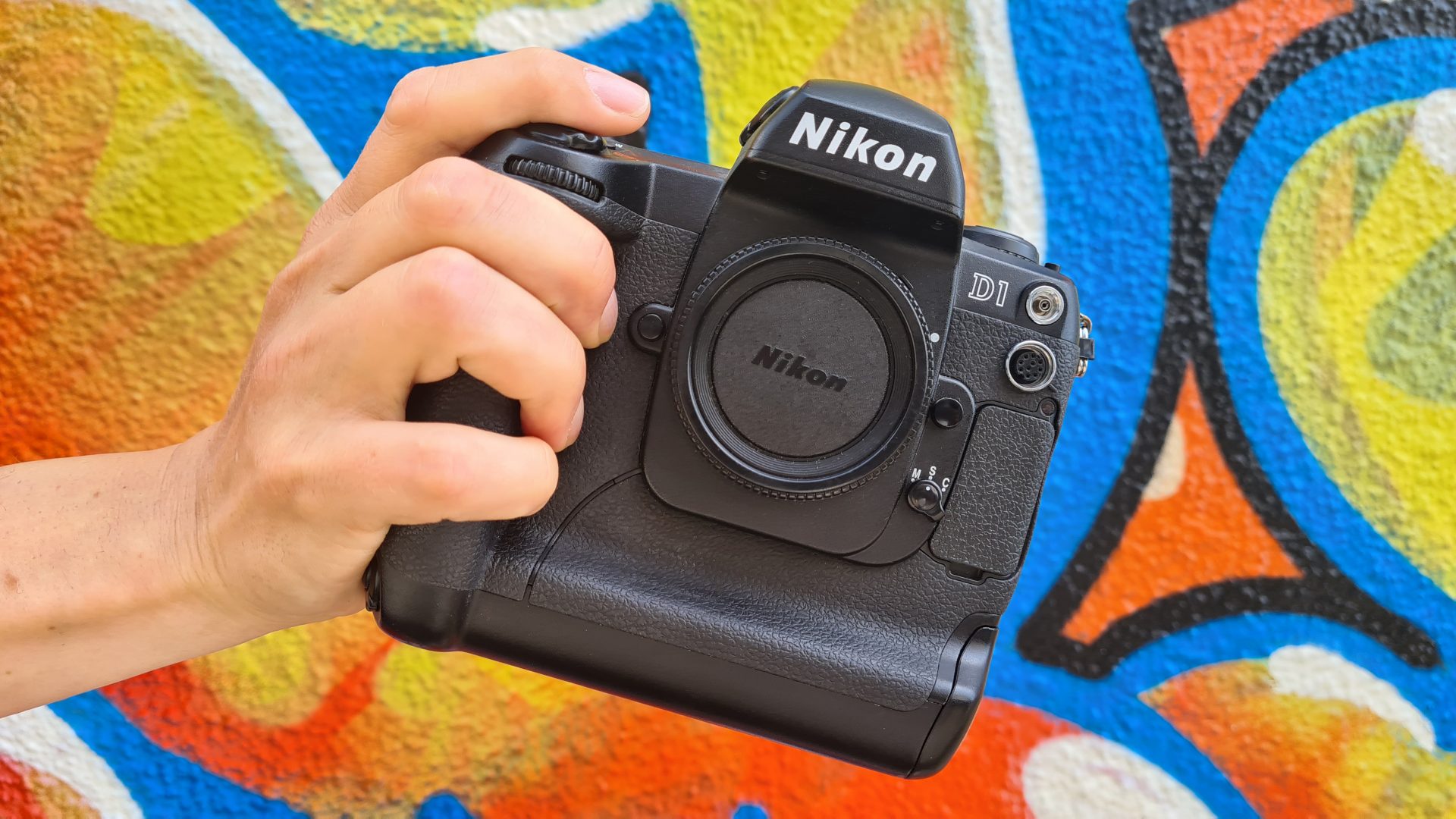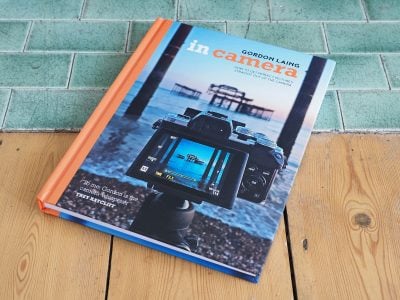Nikon D1 retro review
-
-
Written by Gordon Laing
Welcome to another serving of digital camera nostalgia and today we’re partying like it’s 1999 by revisiting the legendary Nikon D1, the first DSLR that Nikon entirely designed and built themselves. On this page and in the following video let’s see how the D1 looks, feels and performs over two decades after it was first announced!
The D1 was by no means the first digital SLR on the market. Kodak had been modifying Nikon film SLRs with their own electronics since the late 80’s, gradually evolving to the DCS 400 series in the mid-Nineties, based on F90 or N90 bodies. Their flagship model at this time was the DCS 460, boasting an industry-leading 6.2 Megapixel sensor with an impressively mild 1.3x crop, but with an eye-wateringly expensive price tag of $35,600 when it was launched in 1995.
In the same year, Nikon launched another DSLR collaboration, this time with Fujifilm providing much of the electronics. The E2 series was more affordable than the Kodaks thanks to a much smaller 2/3in sensor, while additional optics in the body allowed lenses to deliver the same field of view as they would on 35mm film with no crop factor.
The combination of a smaller sensor and the conversion optics did however impact the overall quality, so while the E2 did spawn a handful of successors, Nikon’s management decided in 1996 to begin development their own DSLR in-house with performance to satisfy pros, but at a more affordable price than the Kodak DCS series.
The project also included development of a consumer model, the COOLPIX 900, to refine some of the technologies. The 900 launched in 1998, and I have a video all about it if you’re interested, while the D1 was announced a year later in September 1999 at the relatively bargain price of $5500, although most of us didn’t get our hands on it until the following year.
Nikon wisely deployed everything it knew about SLR ergonomics into the D1, basing the body design on the F100 and in particular the F5, resulting in a comfortable, tough and crucially a familiar experience. Back then anyone who knew Nikon SLRs could get to work straight-away with the D1 and two decades later almost everything still remains recognisable. As a pro body, it has a built-in portrait grip with a duplicate shutter and thumb dial, making it comfortable to shoot in either orientation.
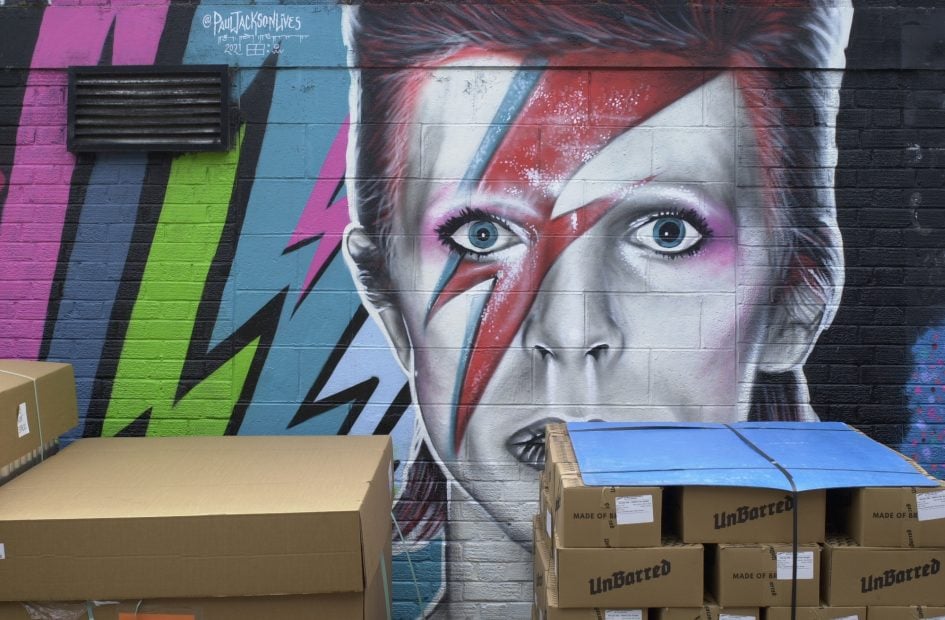
On the top there’s a rotary power collar around a soft-touch shutter release with a twist to briefly illuminate the top and rear information displays. Holding the Mode button while turning the thumb dial cycles between the four PASM modes, no need for anything else here, while the front finger and thumb dials provide satisfyingly tactile exposure adjustments.
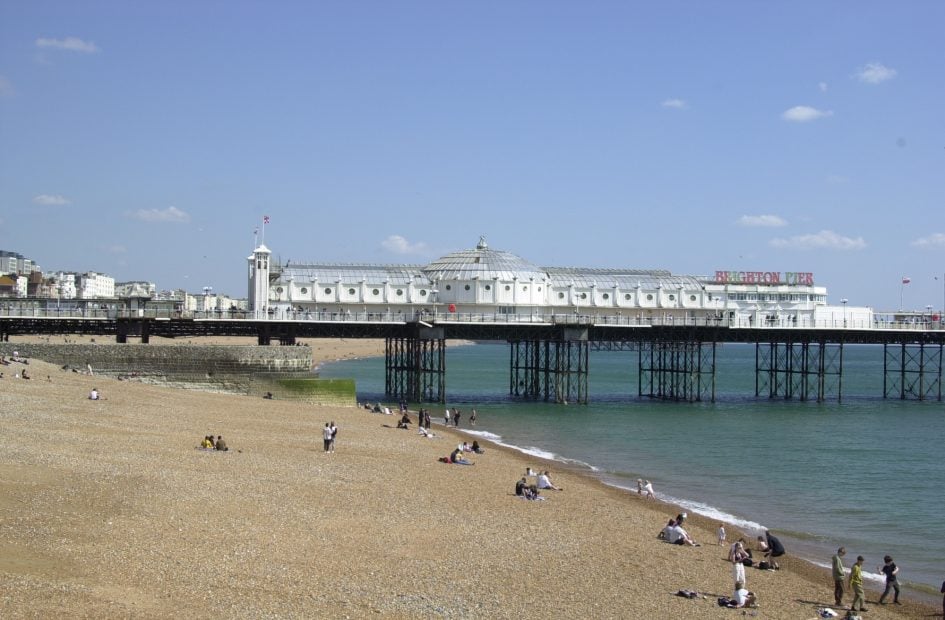
A lockable collar on the side of the viewfinder head switches between the three metering modes, while on the upper left side is the main operating dial with the usual Single, Continuous and Self Timer drive modes, along with PC and Play, the latter thankfully assigned to a simpler button on later models.
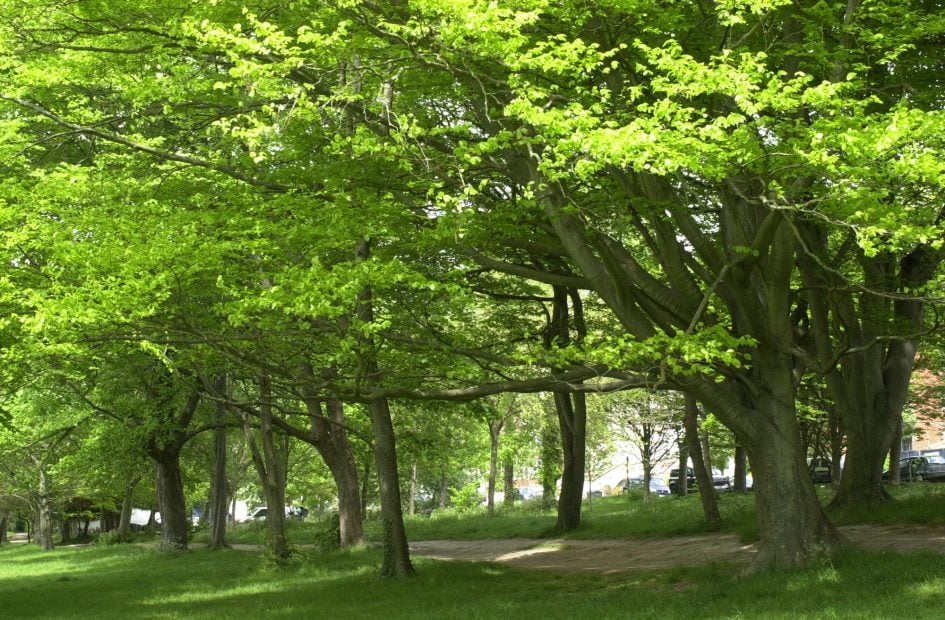
Three chunky buttons on top allow you to adjust the bracketing, flash and focus area modes by pushing and turning either the finger or thumb dials.
Meanwhile round the back you’ll find a slightly spongey four-way controller, used to select between the five AF areas or for navigation in the menus and in playback. You already know for playback you’ll need to turn a dial on the top of the camera, but to enter the menus, you’ll first need to flip down a panel alongside the secondary info screen, where you’ll find five buttons which also provide direct access to the quality, sensitivity, white balance and custom menus.
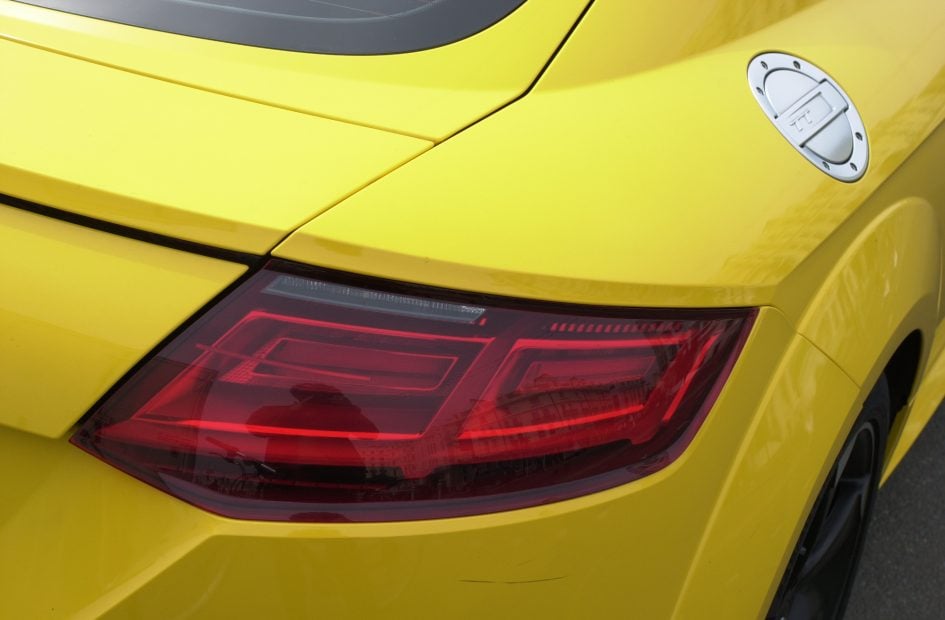
As a DSLR before the days of Live View, the D1 relied entirely on its optical viewfinder for composition and I’ve filmed it with the AF 35mm f2D lens fitted. Here you can see the five AF areas, along with information running below, including the metering, shutter, aperture exposure mode, and remaining buffer. The mechanical shutter speed ran between 30 seconds and an impressively fast 16000th of a second, typically double that of most mechanical shutters on top-end bodies today. Oh and as a pro DSLR, the viewfinder also included a curtain to prevent light leaks.

In the absence of Live View, which didn’t arrive on a Nikon DSLR until the D300 in 2007, the D1’s screen is limited to menu and playback duties. The 2in size was fairly generous in the day, although the panel resolution of 120k dots means the display and text can look a little coarse.
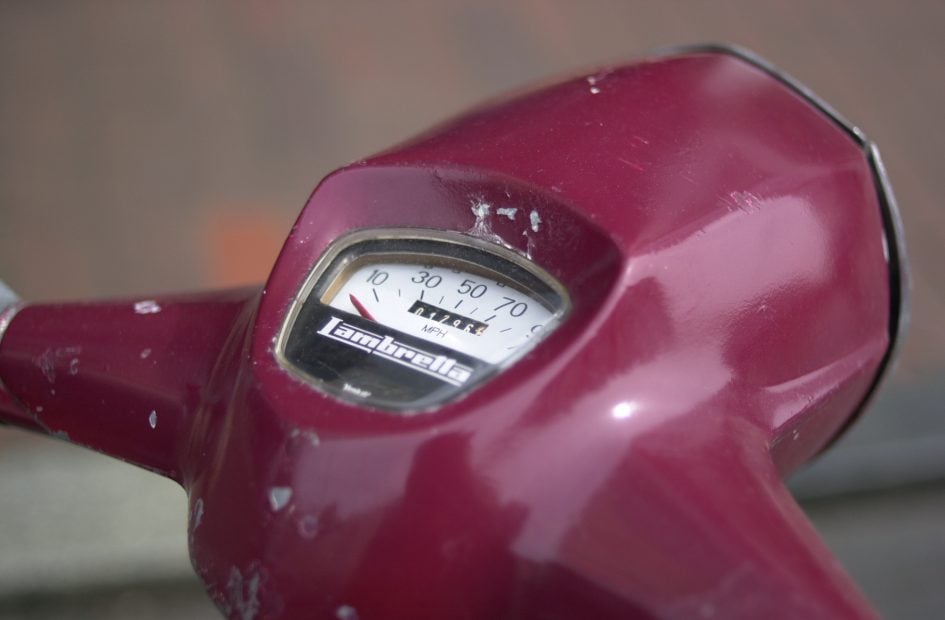
In terms of connectivity, there’s a PC sync port and remote terminal on the front, above a composite video output and DC input behind a flap, while behind its own flap on the rear is a 1394 FireWire port for high speed data.
For power, the D1 used a substantial EN-4 NiMH pack which slotted directly into the body including its own dial to lock it in place. The battery even included a socket for direct connection to the AC charger, although sadly the plug was different to the DC input on the body forcing you to buy another AC adapter for mains operation.
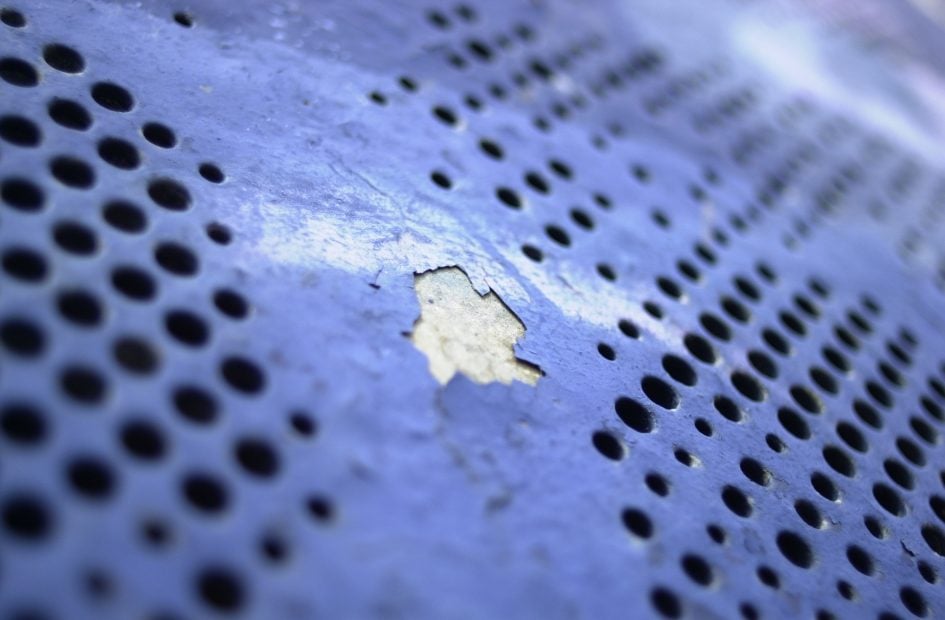
Sadly the battery supplied with this particular D1 refused to accept any more charge, but third party replacements are available for around $20 that will also work; just search for EN-4 replacement. Here’s one that came with a used D1X I bought for £50 from eBay that works fine on the D1, allowing me to bring it to life again.
As for memory, the D1 offered a single Compact Flash slot that supported thicker Type-II cards, although some reported issues with the IBM MicroDrive at the time. The button to open the card hatch was hidden behind its own mini door, preventing accidental access.
Which finally brings me to the heart of the D1, its CCD sensor, sporting 2.7 Megapixels and an APS-C area that reduced the field-of-view of all lenses by 1.5 times.
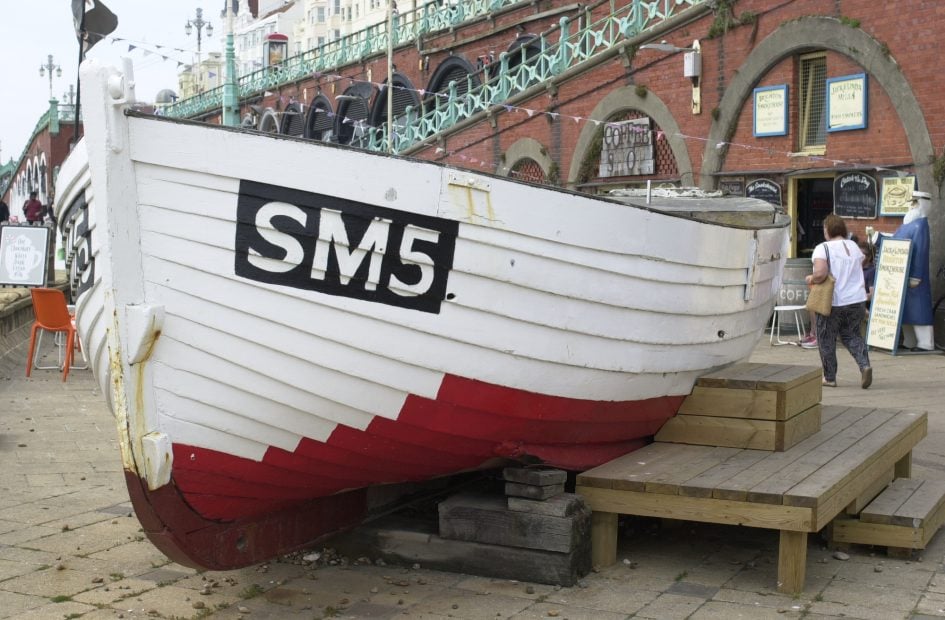
In a fascinating 2008 interview with the General Manager of Nikon’s Imaging Company, it was revealed the D1’s sensor actually had 10.8 Megapixels, but they were grouped into fours on the D1 for greater sensitivity and dynamic range.
The sensor alone took several years to develop, with Nikon initially struggling to find a manufacturer that believed such a product would sell in sufficient quantities, and later having to adapt the wiring so the hungry component could even work under battery power.

Then there was the colour processing, inherited from earlier video cameras and based on the NTSC television standard. This in turn resulted in owners quickly having to learn about profiles and how to correct unwanted casts, with D1 images often looking a little pink out of camera. The D1 didn’t officially use the NTSC colour space but having been calibrated with NTSC monitors, many owners found the NTSC profile was the best starting point when processing images.
Remember these were the early days before sRGB became widespread and in its defense, the D1 could record in-camera JPEGs in addition to TIFF and 12-bit RAW formats. As for bursts, the D1 could shoot at up to 4.5fps with a buffer good for around 20 Fine JPEGs, groundbreakingly fast at the time.
As for optics, the D1 was compatible with almost any F-mount lens, providing access to a vast collection of options, all having a 1.5x crop applied by the sensor. But which lens should I use to test the D1 today? I fancied something with an approximately standard field-of-view which meant one of the many 35’s available.
I narrowed it down to two models, the AF 35 f2D and the newer AF-S 35 1.8 DX, and I’ve made a separate article video comparing them on the D1 and D1x, but I’ll cut to the chase here and reveal I opted for the older f2D which felt like a classier, more age-appropriate option. I’ve scattered a selection of sample images throughout this article, straight out of the D1 with no colour correction.
Nikon D1 verdict
The Nikon D1 was without a doubt a triumph, a ground-breaking professional DSLR built from the ground-up by a single company rather than a hybrid based on collaboration. The $5500 price tag not only undercut Kodak’s dominant DCS series, but redefined what we could expect from a pro DSLR in terms of performance.
Kodak responded by cutting prices, but it was already too late with the D1 quickly gathering momentum and along with Canon’s D30 launched a year later, toppling the leader from its throne. In the mid to late Nineties, Kodak had been the undisputed King of pro DSLRs, but in the early 2000’s the tide had changed, forcing them to concentrate on the higher-end studio market before pulling out of DSLRs in 2004.
Two decades after it was launched, the D1’s image quality and colour science unsurprisingly looks dated, and there’s a few control choices that remain questionable, but shooting with it today I was struck by just how good it still felt and how quickly I could get shooting. Returning to many cameras of this period often means grappling with weird controls and menus, but the D1 is part of a well-honed series, looking and feeling like pro Nikon bodies both before and long after. Sure there’s a few new things to learn with every model, but the D1 deployed Nikon’s heritage in design and ergonomics to become an instant classic.
This is the camera that started the modern era of DSLRs, driven by the major camera brands and dominating the pro market for over two decades before mirrorless became sufficiently mature to provide a viable alternative at the high-end. And the best part for collectors who could only dream of owning a $5500 camera in 1999, is being able to pick up a used model in working condition for less than $100 today. I found its successor, the D1x with a working battery for just 50 pounds.
Check ebay to find vintage gear. Buy, sell or trade used camera gear at MPB. Lost, deleted or corrupted photos? I recover mine with Stellar Photo Recovery. PS - if you enjoy my reviews, videos and guides, you can support me my treating yourself to a copy of my In Camera book, an official Cameralabs T-shirt or mug, or by treating me to a coffee! Thanks!